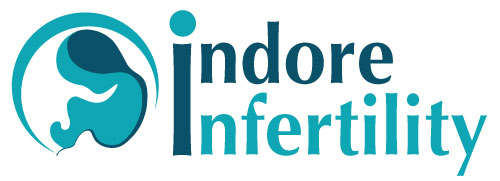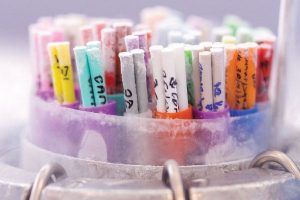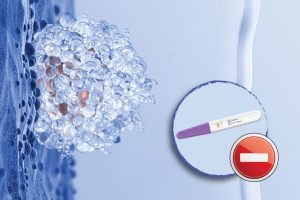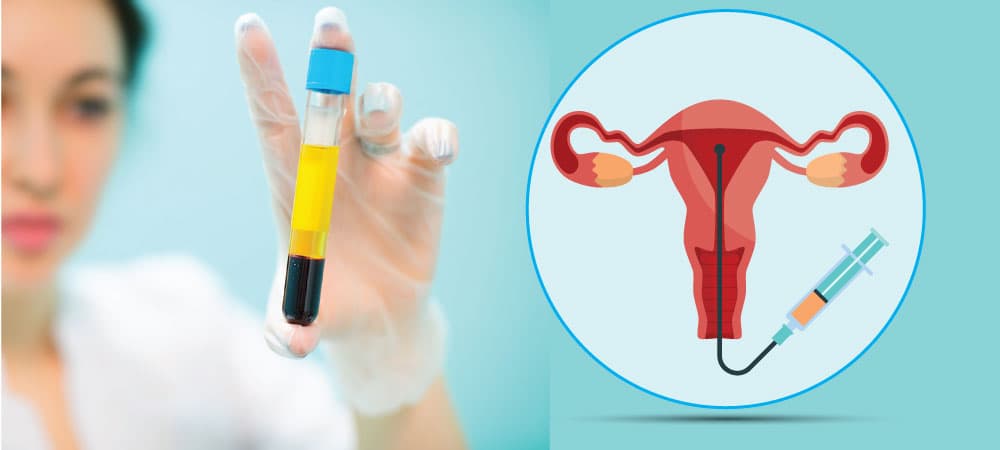
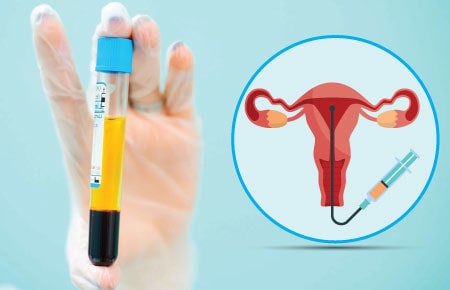
What is PRP Therapy?
PRP stands for Platelet-Rich-Plasma. Plasma. PRP is plasma fraction of autologous (own) blood with the concentration of platelets 4-5 times above normal. Platelets are tiny blood cells that are responsible for clotting of blood, growth as well as tissue healing and regeneration.
How is PRP Therapy used in Infertility Patients?
PRP Therapy has been recently tried in the following areas:
- Persistently Thin Endometrium : Enhances the Endometrial Thickness
- Addressing Recurrent Implantation Failure (Recurrent Pregnancy Loss)
- Premature Ovarian Failure : Improves Ovarian Reserve
How is PRP sample Prepared? Do I need to visit any special Lab?
- Around 10 to 15 ml of blood is drawn from the patient in special tubes.
- Content of the tube is centrifuged (a process of spinning blood at a very high speed to isolate RBC’s, Plasma and Platelets) in a Centrifuge machine.
- Once the Platelets are isolated in the tube, the separated Platelets along with some leukocytes are transferred to another tube. This is centrifuged again to prepare PRP.
- Prepared PRP ( 0.5 to 1 ml ) is then immediately infused into the Endometrial Cavity.
Do I need to visit any special Lab for PRP sample preparation?
PRP sample preparation needs special Collection tubes and centrifuge machines. Technically any pathology or ART lab that has a centrifuge machine can prepare PRP sample.
PRP samples have many types of preparation depending on it’s final use, but for treating thin endometrium only a specific type of preparation is needed, hence make sure that you choose a Lab that knows what your sample preparation will be used for.
Since the PRP sample will be used immediately for infusion in the endometrial cavity, it makes sense to get it prepared at a place that is close to your Fertility clinic.
We have trained Lab Technicians to prepare PRP samples so that patients can take the benefit of Comprehensive Care without having to run around at different places.
How is PRP Therapy done?
0.5 ml to 1 ml of prepared PRP sample is loaded in IUI Catheter and infused in the endometrial cavity.
The process of transferring the PRP to the Uterus is similar to IUI procedure and done under Ultrasound guidance to increase efficiency.
Patient may rest for a few minutes and proceed with regular work immediately after the process.
Do I need PRP Therapy if I have failed multiple IUI and IVF Cycles?
In Recurrent IVF / ICSI Failures, when thin Endometrium is persistently noted or endometrial blood flow is sub-optimal, PRP Therapy should be tried.
Role of PRP in IUI cycles has not been studied.
Is PRP Therapy Safe? Are there any Side Effects or Disadvantages of PRP Therapy?
PRP sample is prepared from patient’s own blood, hence risk of infection, cross contamination and immunogenic reaction is negligible.
Is Endometrial Scratch or Scratching always performed along with PRP Therapy ?
How is Endometrial Scratch performed and Is it painful ?
PRP has been used extensively in the field of Cosmetology, Oral surgeries and Dermatology. Long term clinical experience in these specialties has proven that PRP is a Safe Procedure.
PRP is a very promising Therapy. It is a method wherein large amounts of important biologically active Growth Factors are delivered directly to the site of action.
It is very Simple and Easy to Use, Easily available, uses patient’s own blood (autologous), Cost-Effective and considered very Safe Therapy.
What is the cost of PRP Therapy for thin endometrium in Indore ?
